The Trail to Change
/Saturday afternoon I ran on the Winsor Trail in the Santa Fe National Forest. If you’d seen me you’d’ve label my efforts as walking, or at best, power hiking, rather than running. Yet it was my best mountain trail run in thirteen years, since Boot Camp at Frontier Ranch near Buena Vista, Co, October 2003. It was fun, delightful, and happy. It felt like the future. It felt like a comeback. It felt like restoration.
The trail begins at 7,200’, in Tesuque, just northwest of Santa Fe, and climbs 22 miles to the Santa Fe Ski Basin. The upper trailhead is the most popular, but knowing I was going to do a 45-minute out-and-back I wanted my second half to be downhill, so I started at the bottom.
While I was on the trail I listened to Erwin McManus preach about the Ethiopian Eunuch, a man whose entire adult life was defined by what he wasn’t, what he couldn’t do, and who he couldn’t be. That is, until he found a new life and a new definition. The story felt familiar and personal as I hopped over rocks and crossed streams. New hope is an amazing thing.
When people ask how my new knees are doing a year after replacement I tell them I’ve started to hope again. I’m dreaming of long hikes, bike rides, runs, things I had given up on.
Mark Rowlands (Running With the Pack) wrote, “Any worthwhile achievement changes you in a way that makes what you achieve no longer important to you.”
Running has certainly changed me. It lead to cycling, weights, and backpacking. You would’ve suspected none of that if you’d known me in high school. I was the furthest from an athlete you might imagine.
Again from Rowlands, “Achievement is a process of making the things I achieve not matter anymore. I run not to achieve anything – not in the sense of acquiring something – but to be changed by the process of achieving … I run because I want to be changed.”
I can absolutely see that in my life. I have never been a competitive athlete – either in temperament or talent – but I entered races, especially marathons, knowing I would be a changed man afterwards. I have a deep desire to keep changing who I am even as I know I am a man of routine and predictable behavior.
And now, as I ease back into running after new knees, I long to do more. I have nothing to prove and no one I know cares whether I do it, but I want the process of training long and the discipline of finishing to once again work me over and reshape me. I don’t know any other way to accomplish that.
However, the changes I want won’t happen overnight. They’ll take time and distance.
That’s true about anything of value; especially spiritual maturity. In her book, Dakota, Kathleen Norris quoted Native American writer Linda Hogan’s comments about tourists who said they felt “one with nature” after spending a single night in the wild, “There is not such a thing as becoming an instantly spiritualized person. Enlightenment can’t be found in a weekend workshop.”
While it is true what the Apostle Paul wrote, that anyone who is in Christ becomes a brand new person, something that happens in the moment of decision and commitment, Paul also reminded us we need to work out our salvation. There is growing and deepening that won’t happen without time on the trail. There is no such thing as instant spiritual maturity.
Well, the next day after my run, my feet were stiff and sore. No surprise there since I’d doubled the amount of running time I was used to. And the uneven ground and sudden stop-and-starts typical of trail running also made my quads and knees ache, but that unpredictability is why it was so much fun. I was proud of my soreness.
I couldn’t have even started a trail run without my renewed hope in the future, but hope is not enough. Sunday’s soreness was a reminder that I needed more miles, more training, and more trail experience, to make this work. Hope has to be acted on. We have to live it out. We have to put in miles and training for hope to become reality.
“I run in the path of Your commands, for You have set my heart free.” Psalm 119:32



 still standing, but it was now leaning a different direction, against the porch. It seemed more unstable than before. It was time to take it down.
still standing, but it was now leaning a different direction, against the porch. It seemed more unstable than before. It was time to take it down.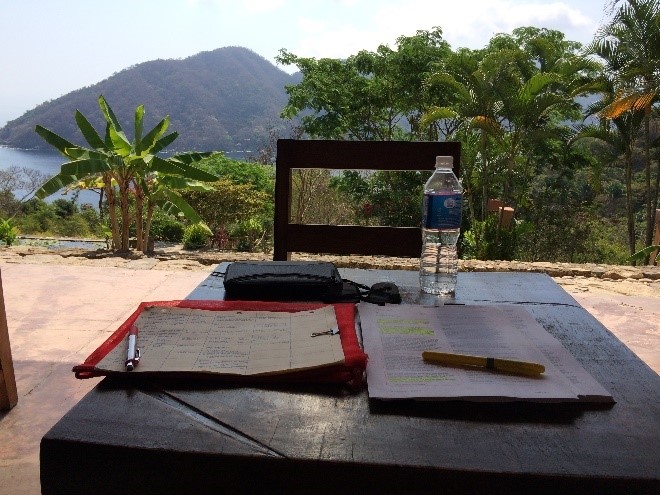 I’ve been a goal setter and list maker as far back as I remember. Goal setting is about making moves now based on what you want your life to look like ten or twenty years from now. I make a list of New Year’s Goals almost every January 1, but the urge to create a big list of 100 Life Goals came after I read
I’ve been a goal setter and list maker as far back as I remember. Goal setting is about making moves now based on what you want your life to look like ten or twenty years from now. I make a list of New Year’s Goals almost every January 1, but the urge to create a big list of 100 Life Goals came after I read 
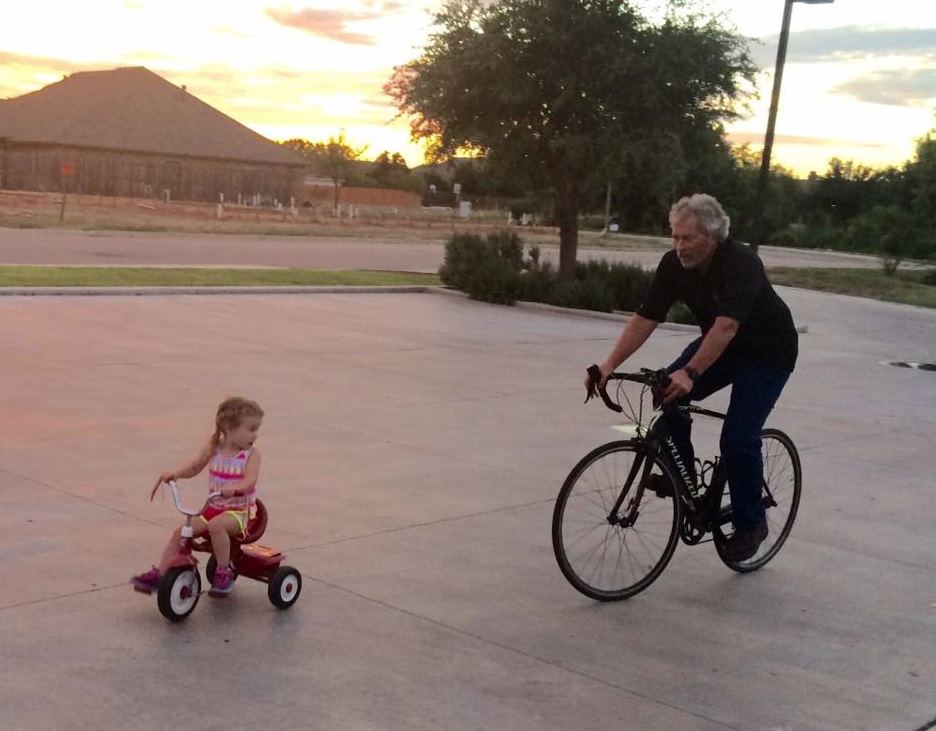
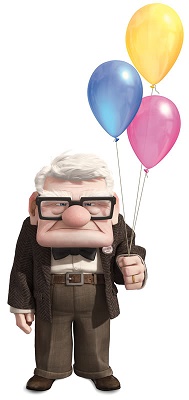 change. I’d prefer not to be the old guy of the office shuffling aimlessly among the cubicles with dirty clothes.
change. I’d prefer not to be the old guy of the office shuffling aimlessly among the cubicles with dirty clothes.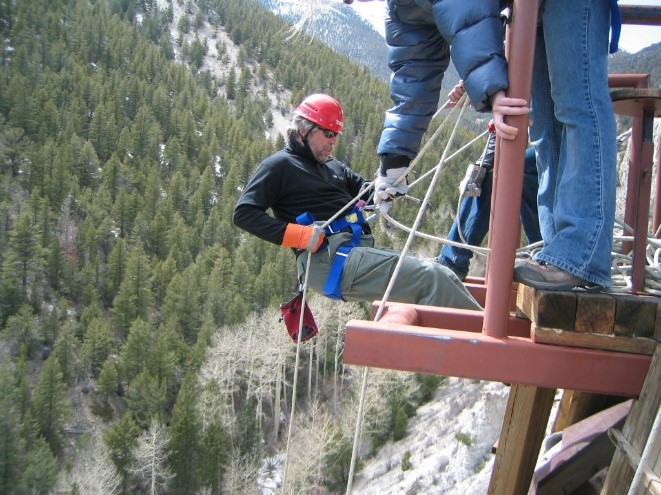 However, once I cleared the platform, stepped over the edge, and had my feet planted on the rock face, I was no longer afraid. I fed the rope through my D-ring at a steady pace, making my way down the mountain with beautiful bouncing steps. I was amazing. I was one of the cool guys. I hooted so loud I could hear the echo off the opposite canyon wall. I was the man of unlimited courage!
However, once I cleared the platform, stepped over the edge, and had my feet planted on the rock face, I was no longer afraid. I fed the rope through my D-ring at a steady pace, making my way down the mountain with beautiful bouncing steps. I was amazing. I was one of the cool guys. I hooted so loud I could hear the echo off the opposite canyon wall. I was the man of unlimited courage! 60 vertices. The most interesting one in my opinion is the Truncated Icosahedron (think of a soccer ball, with 32 faces, 90 edges, and 60 vertices). It has the best potential for a birthday cake, or it would if I was a cake guy. I would rather have Cyndi’s homemade apple pie than a birthday cake, no matter what the shape.
60 vertices. The most interesting one in my opinion is the Truncated Icosahedron (think of a soccer ball, with 32 faces, 90 edges, and 60 vertices). It has the best potential for a birthday cake, or it would if I was a cake guy. I would rather have Cyndi’s homemade apple pie than a birthday cake, no matter what the shape.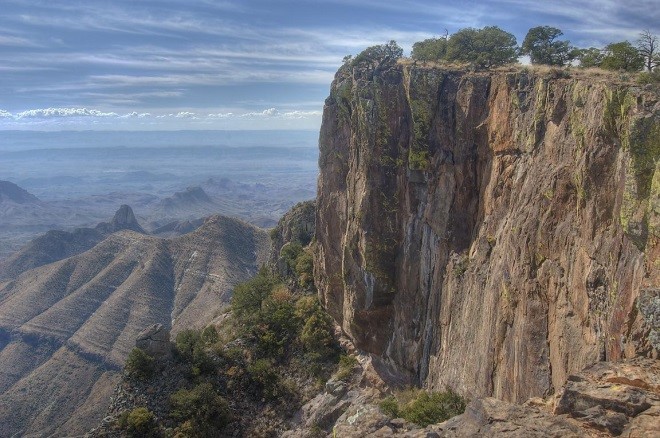 I’m not a black-or-white thinker; not binary. While I value my own considered opinions, generally assuming I’m always right and always smartest (sorry), I actually change my mind about important things more often than you might assume. I’m constantly reevaluating and reconsidering what I know and believe. I spend most of my thinking in the gray areas, in the transitions, considering options and weighing opinions. That’s one reason I’m drawn to places in the world where there are no easy transitions; they touch the part of my heart that longs for absolutes.
I’m not a black-or-white thinker; not binary. While I value my own considered opinions, generally assuming I’m always right and always smartest (sorry), I actually change my mind about important things more often than you might assume. I’m constantly reevaluating and reconsidering what I know and believe. I spend most of my thinking in the gray areas, in the transitions, considering options and weighing opinions. That’s one reason I’m drawn to places in the world where there are no easy transitions; they touch the part of my heart that longs for absolutes.





